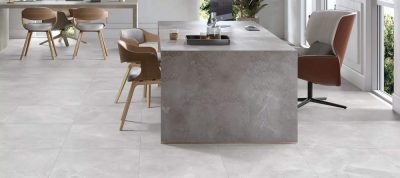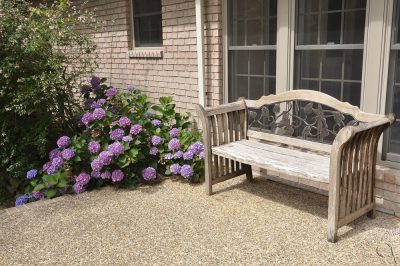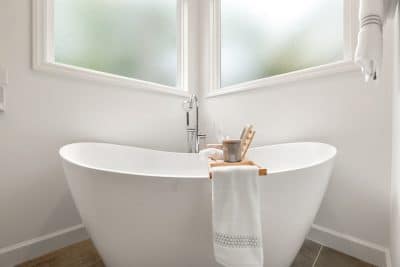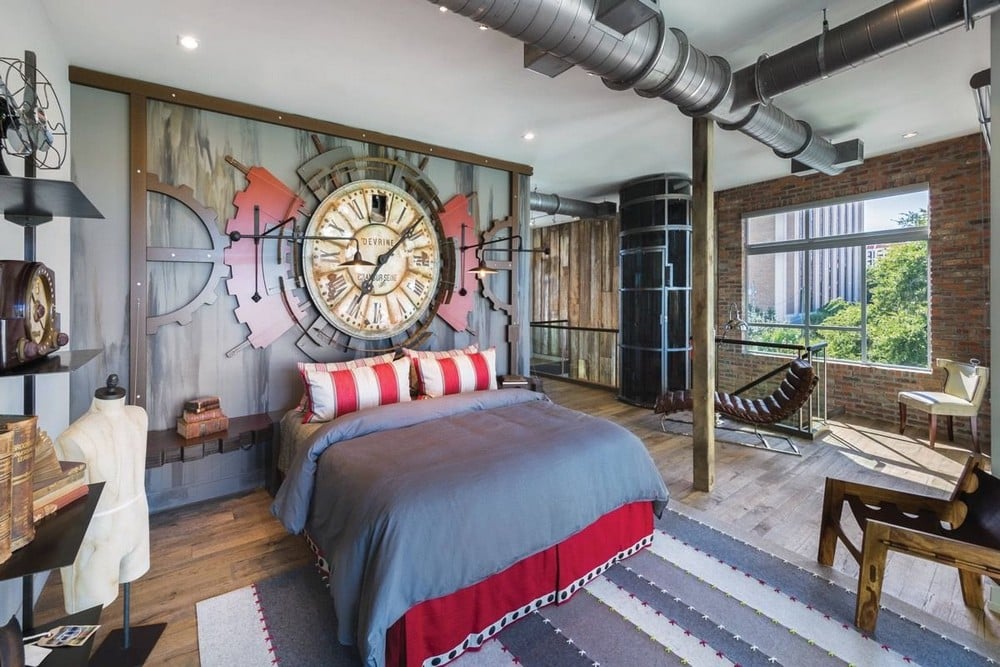
Steampunk interior design merges the opulence of the Victorian era with the mechanical ingenuity of the Industrial Revolution. This retro-futuristic style, rooted in speculative fiction, celebrates a world where steam-powered technology coexists with elegant craftsmanship. Imagine copper pipes, leather-bound furniture, and brass gears alongside velvet drapes and carved mahogany wood, creating an immersive environment that feels both historical and futuristic. Steampunk isn’t just a decorative style; it’s an experience that evokes the essence of adventure, invention, and an alternate reality where the past meets the future.
The Origins of Steampunk Interior Design
In the 1980s, the term “steampunk” emerged to describe a speculative genre blending science fiction with steam-powered technology. The aesthetic takes inspiration from the 19th-century Industrial Revolution and the literature of Jules Verne and H.G. Wells. Steampunk’s visual and cultural influence expanded into fashion, art, and interior design. Over time, this style spread across various forms of expression, offering a rich blend of history and fantasy.
The movement grew from literature and art into fashion, film, and eventually interior design. Its roots lie in the alternate histories explored in speculative fiction, where steam power remains the dominant technology. Steampunk’s allure lies in the convergence of the romantic, elegant elements of the Victorian age with the mechanical, utilitarian aspects of the Industrial Revolution.
Today, steampunk design flourishes not only in private homes but in cafes, restaurants, galleries, and even hotels, offering a distinct aesthetic that appeals to those who value creativity, craftsmanship, and a sense of history.
Key Features of Steampunk Interior Design
1. Victorian Influence
The Victorian era (1837–1901) shapes much of steampunk’s elegance. This influence is evident in the use of luxurious materials such as velvet, brocade, and dark woods like mahogany and walnut. Antique picture frames, tufted sofas, and ornate chandeliers are also prominent features. These elements combine to create a space that celebrates both opulence and refinement.
Victorian decor also incorporates rich textiles, from velvet drapes to brocade upholstery. These items contrast beautifully with the rough, industrial features typical of steampunk. Highly ornate and detailed, Victorian-inspired elements anchor the design in historical elegance. The craftsmanship of the era, celebrated for its attention to detail and use of fine materials, plays a significant role in setting the tone of a steampunk interior.
2. Industrial Aesthetic
Steampunk design thrives on industrial elements like exposed gears, pipes, and mechanical features. These items, made from brass, copper, and iron, often function as both decorative and structural components. For example, a lamp might incorporate visible gears or a coffee table might feature riveted metal edges. This mechanical edge highlights the ingenuity of the 19th century’s industrial advancements.
Exposed brick walls, metal-framed furniture, and salvaged industrial machinery repurposed into home decor further reinforce the industrial atmosphere. Raw materials like metal, wood, and leather dominate the palette, emphasizing functionality and utility while maintaining a sense of artistry.
3. Retro-Futuristic Elements
Steampunk incorporates retro-futuristic elements, imagining a world where steam-powered technology continues to evolve. Vintage machinery, intricate clocks, and fantastical contraptions are frequently used as focal points. This blending of the past with speculative future technology gives the design a distinctive edge, sparking the imagination.
Retro-futurism also integrates Victorian ideals of scientific progress with fantastical machines, such as brass robots or imaginative airships, giving the design a sense of wonder and creativity. These pieces are not just functional; they are art forms in their own right, designed to evoke a futuristic world that never quite existed but is endlessly fascinating.
4. Worn and Weathered Finishes
A well-worn, aged look characterizes steampunk interiors. Distressed leather, rusted metal, and timeworn wood all add to the lived-in feel, as though the space has been preserved for centuries. These finishes evoke a sense of history and adventure, where every piece tells a story.
Instead of sleek, modern finishes, steampunk thrives on imperfections. Patina and tarnish on metal, scuffed wood surfaces, and cracked leather add authenticity and charm. The aged aesthetic emphasizes craftsmanship and durability, with each object appearing as though it has been used and treasured over time.
5. Rich, Warm Color Palette
Steampunk interiors typically rely on a warm, rich color palette. Deep browns, burgundy, and burnt orange tones dominate, while metallics like brass and copper add vibrancy. This palette provides a cozy, inviting atmosphere while reinforcing the industrial and Victorian elements of the design.
Warm colors enhance the feeling of being surrounded by history, while metallic accents in copper, brass, and iron bring a touch of glamour and industrial grit. Soft lighting, often provided by Edison bulbs or vintage lamps, casts a warm glow that complements the earthy tones, further contributing to the cozy yet dramatic environment.
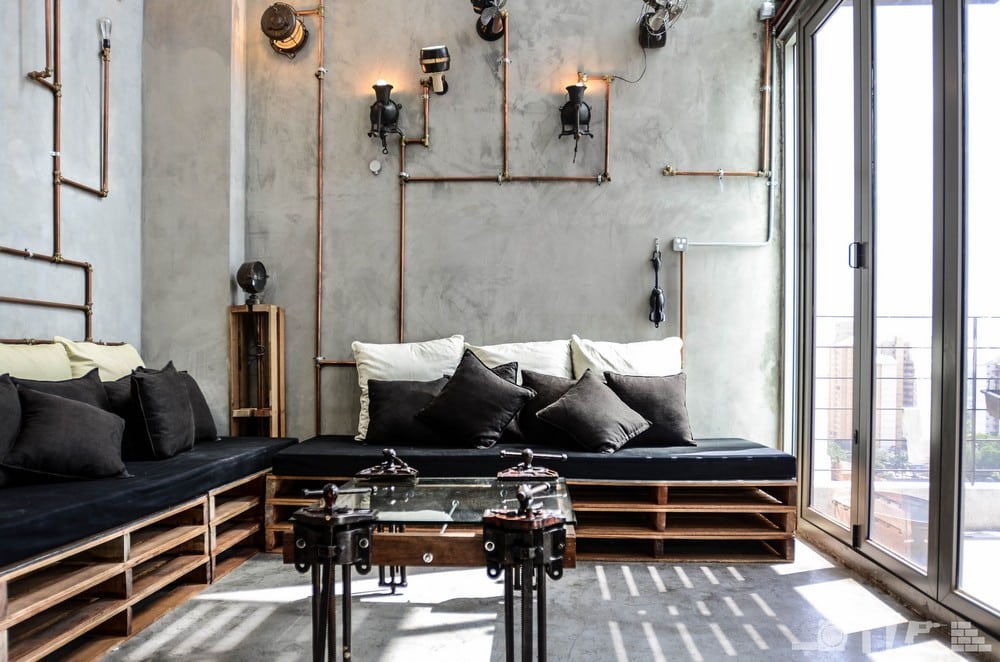
Popular Steampunk Themes
Steampunk design isn’t a one-size-fits-all style. Several themes and sub-styles allow for different interpretations of the aesthetic:
Industrial Romance
In this theme, rugged industrial elements meet romantic touches. Picture exposed pipes paired with velvet drapes, or metal gears next to plush leather furniture. The result is a space that is both dramatic and inviting, creating a balance between mechanical and luxurious elements.
The “Industrial Romance” theme invites softness into the harsh industrial framework by incorporating delicate fabrics, intricate patterns, and softer lighting. Vintage-style candleholders, draped curtains, and plush armchairs provide a romantic counterbalance to the bold, raw materials used in the space.
Victorian Futurism
Victorian Futurism combines the classic beauty of the Victorian era with futuristic innovations. Imagine dark wood furniture with brass fittings alongside steam-powered machines or retro-futuristic gadgets. This theme invites adventure, fusing the elegance of the past with imagined technological advancements.
This particular theme is inspired by the “what if” scenarios of science fiction, where futuristic elements like advanced robotics and mechanized devices are integrated into a historically rich setting. It captures the imagination and allows for a fusion of form and function, creating spaces that feel timeless yet avant-garde.
Emerging Steampunk Trends
As steampunk continues to evolve, new trends are shaping the style for modern interiors:
1. Minimalist Steampunk
This new trend simplifies traditional steampunk design by using fewer, well-chosen industrial elements. Clean lines, minimalist furnishings, and exposed mechanical features are highlighted without overwhelming the space. This approach appeals to modern sensibilities while maintaining the steampunk aesthetic.
2. Eco-Friendly Steampunk
As sustainability becomes more important, eco-friendly steampunk has grown in popularity. Upcycling old machinery, repurposing wood, and using energy-efficient lighting fixtures add an environmentally conscious edge to this retro-futuristic style.
3. Bold Color Accents
While traditional steampunk sticks to earthy tones, bold accents of emerald green, deep blues, or ruby red are emerging. These colors offer striking contrast to the muted browns and metallics, creating a more dynamic, visually exciting space.
4. Smart Technology Integration
Smart home devices have found a place within the steampunk world. Modern gadgets, such as smart speakers or thermostats, are reimagined with brass fittings and retro designs, blending the conveniences of today with the vintage charm of steampunk.
Accessories and DIY Spirit
One of the most appealing aspects of steampunk design is its embrace of DIY and customization. Many enthusiasts create their own decor using repurposed items, such as old gears, vintage trunks, or industrial parts. These handmade elements not only personalize the space but also reflect the innovation and creativity that define steampunk.
Steampunk Accessories
Common steampunk accessories include antique globes, brass telescopes, leather maps, and vintage scientific instruments. These items enhance the sense of adventure and exploration while adding character to the space. Lighting fixtures often play a significant role in creating the right ambiance, with Edison bulbs and exposed metal frames being key components.
Final Thoughts
Steampunk interior design is a distinctive style that merges Victorian elegance with industrial and futuristic elements. The result is a space that feels both nostalgic and innovative, combining luxurious materials, rugged mechanical details, and retro-futuristic flair. Whether you’re drawn to the romanticism of the Victorian era or the ingenuity of the Industrial Revolution, steampunk design offers endless opportunities for creativity and personalization. With its ability to evoke wonder and adventure, this style is perfect for those looking to transform their homes into a world of imagination and history.
By integrating these key elements and trends, you can create a steampunk-inspired space that is not only visually stunning but also deeply personal. Whether you prefer minimalist designs or fully embrace the adventurous, imaginative spirit of steampunk, the possibilities are endless in creating a space that transports you to another world.


